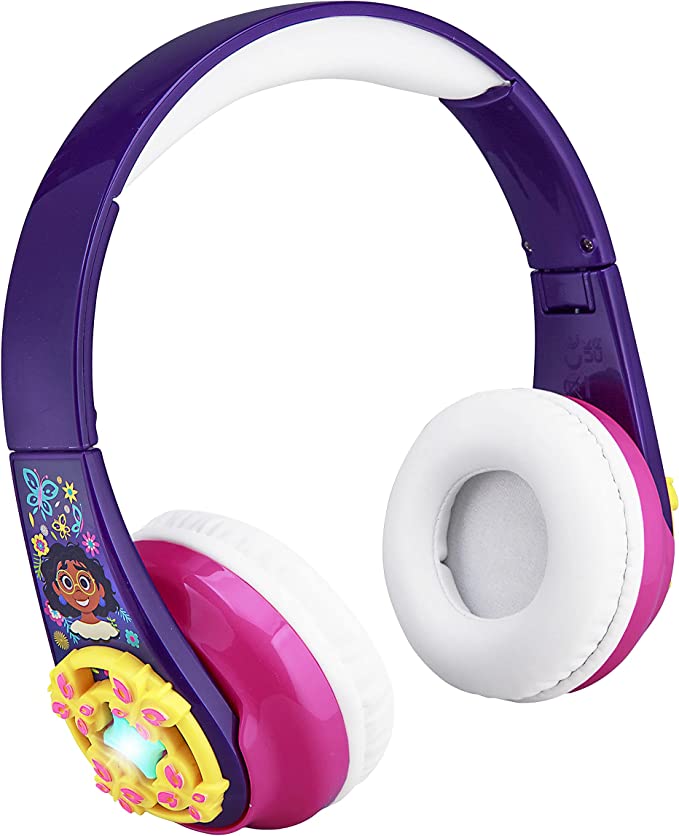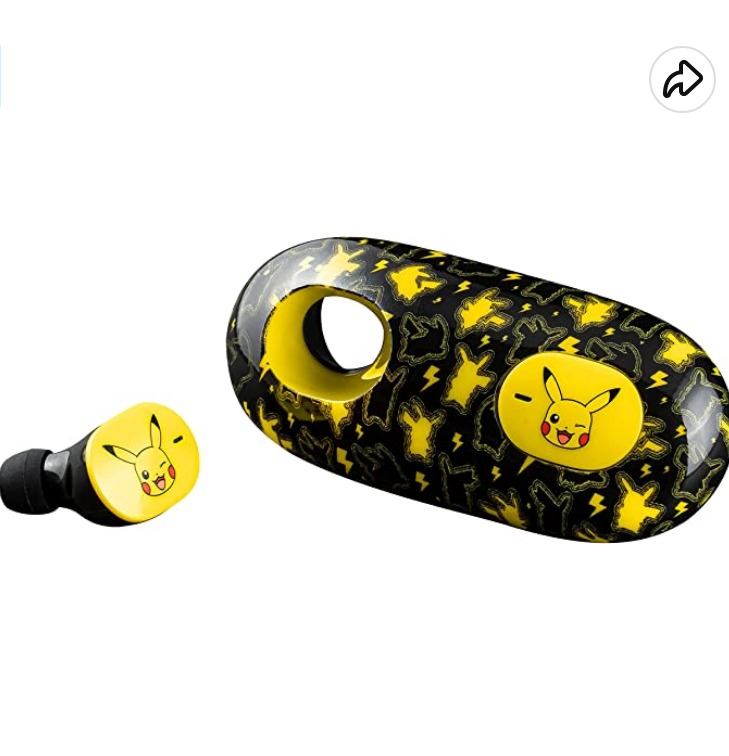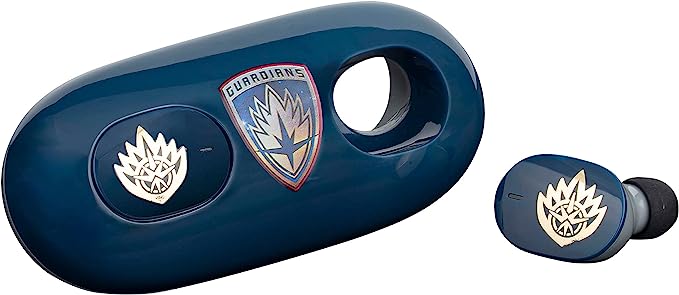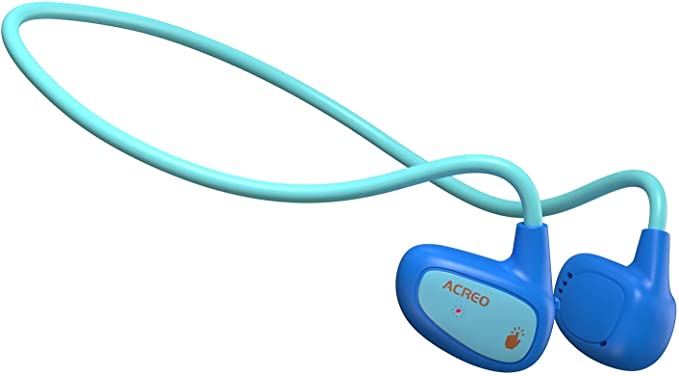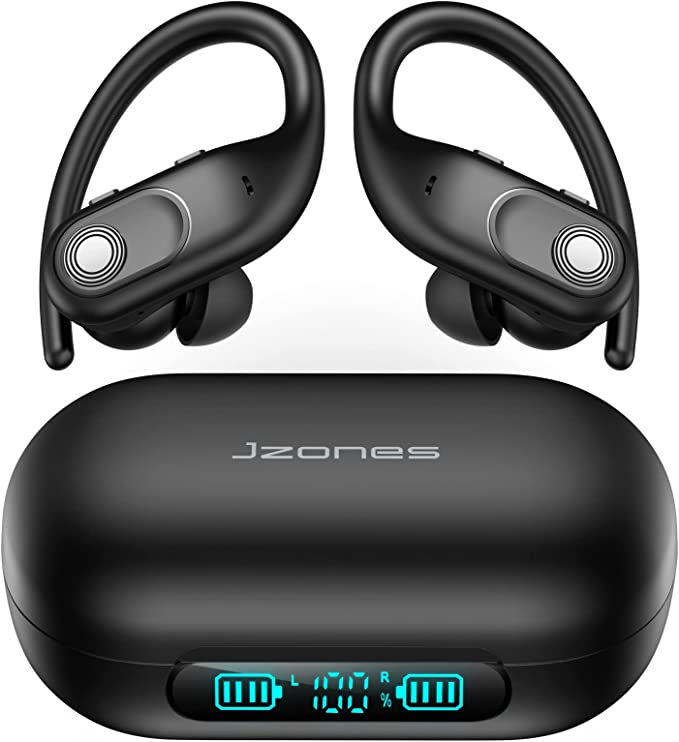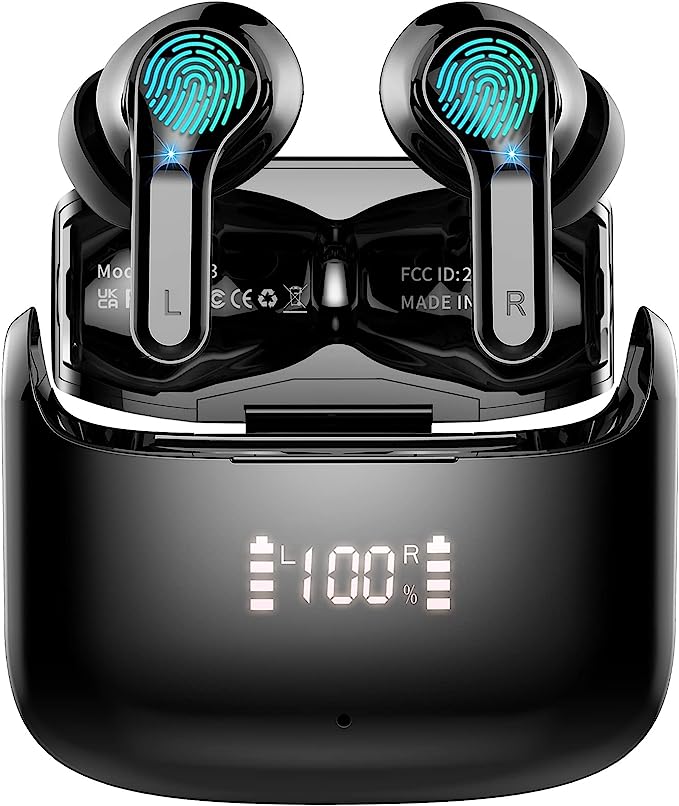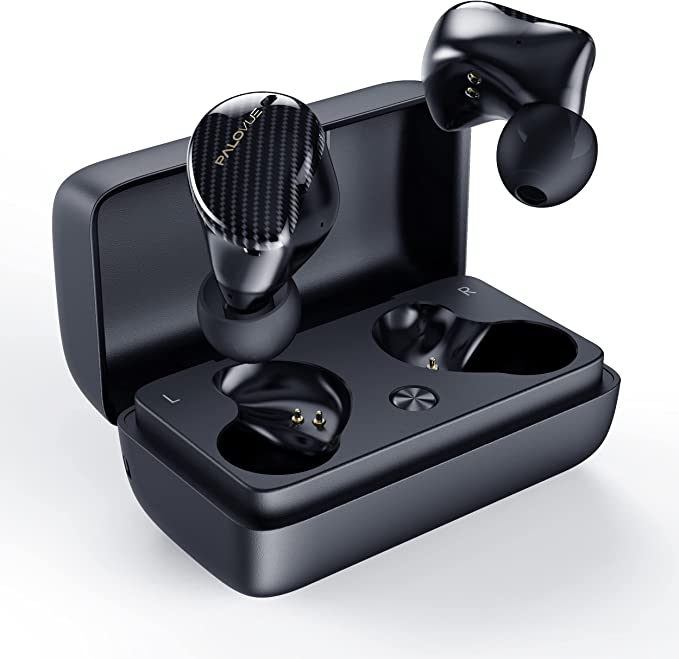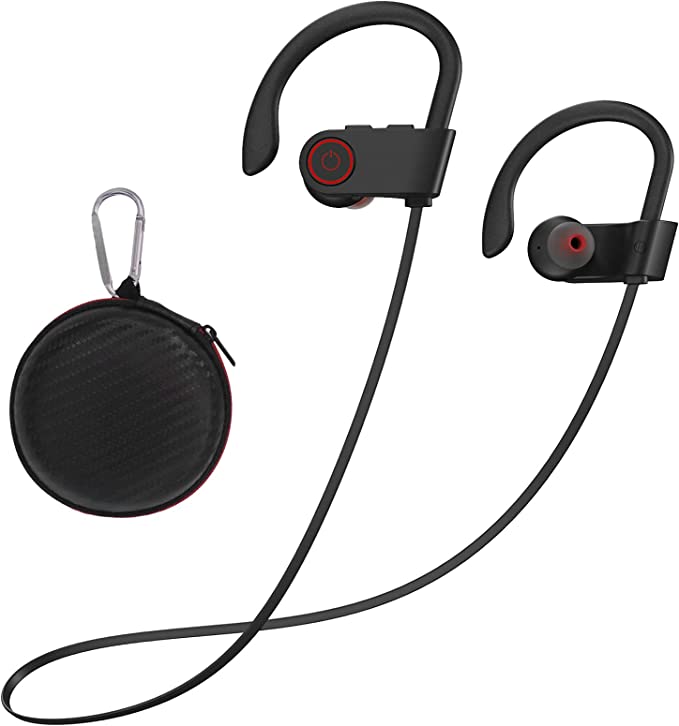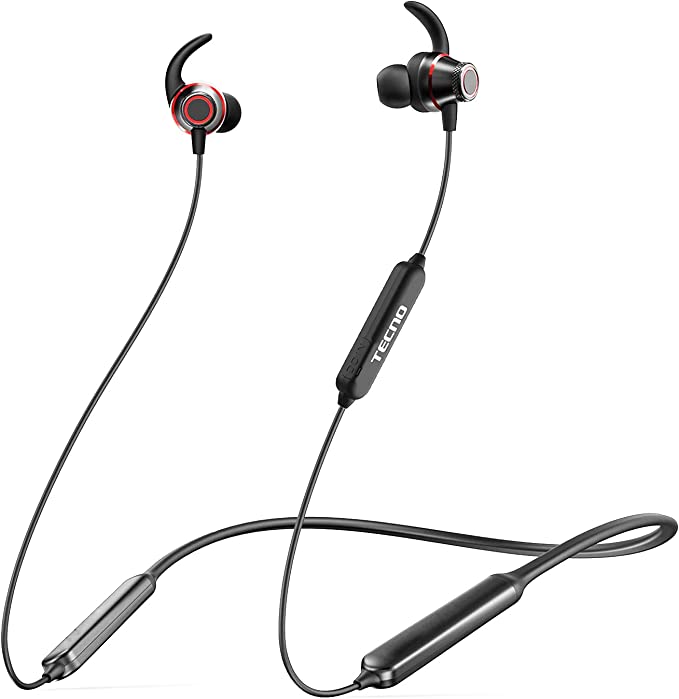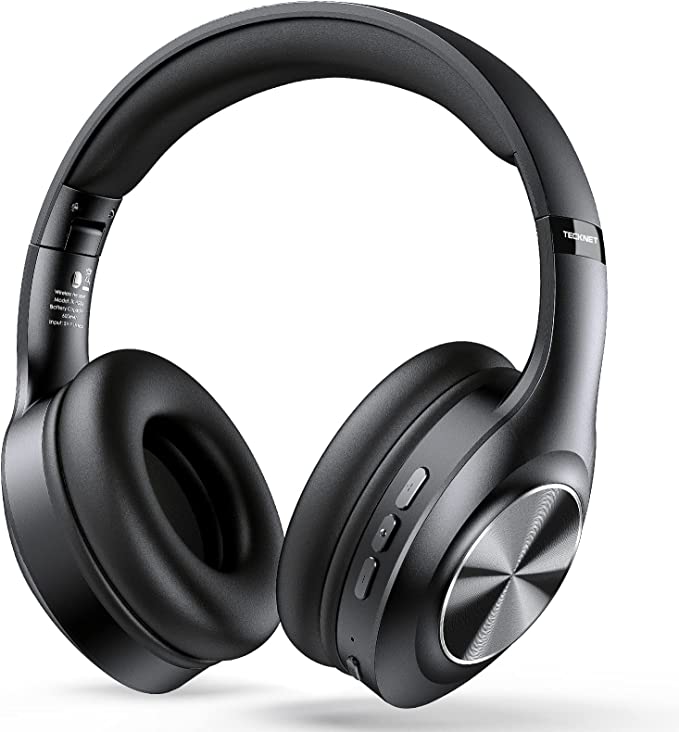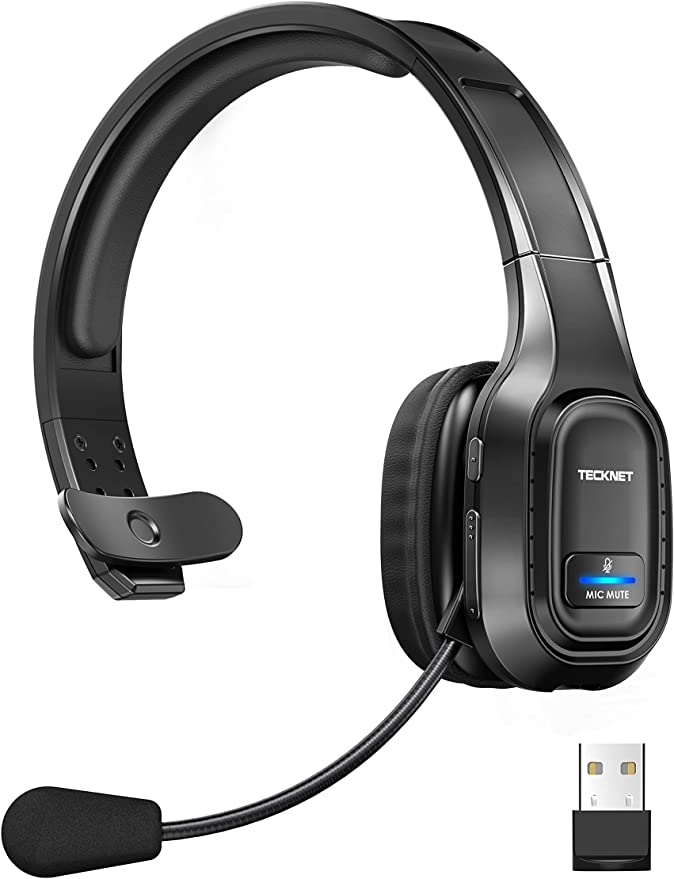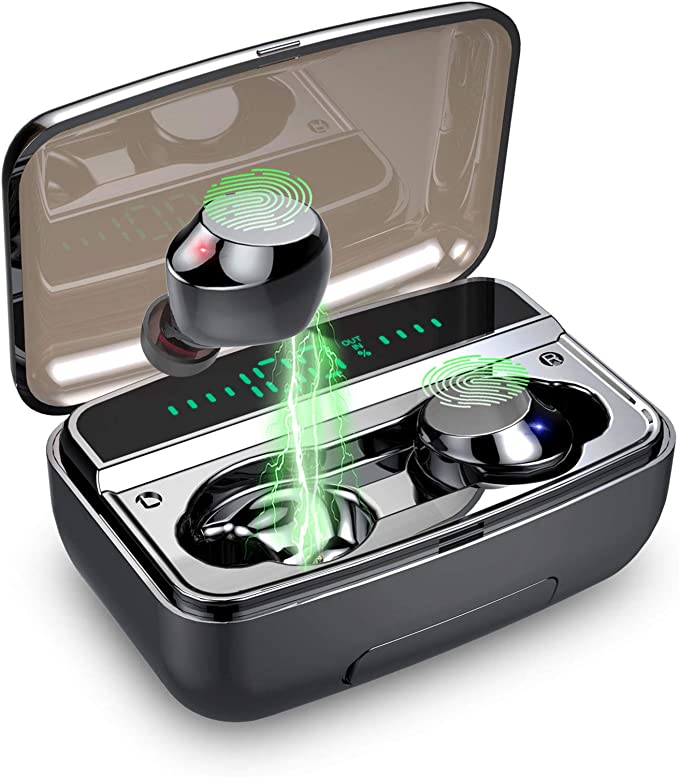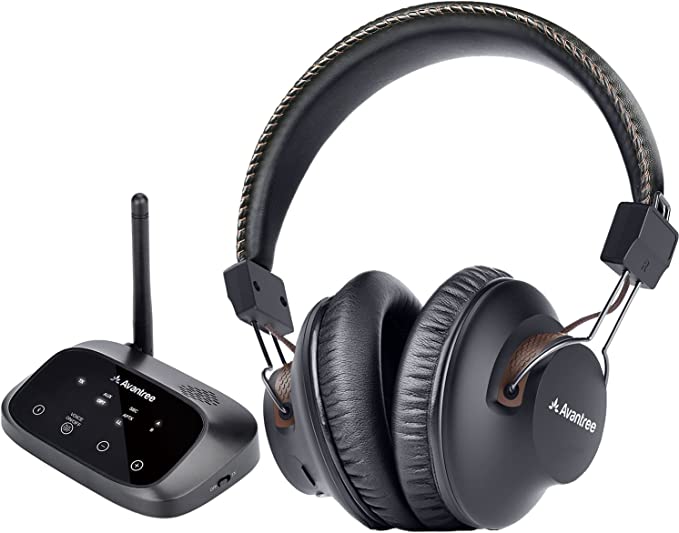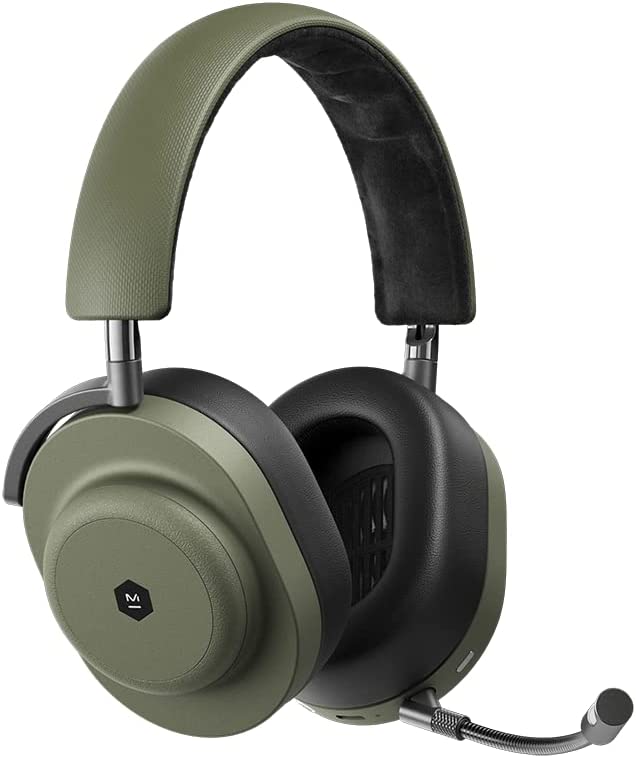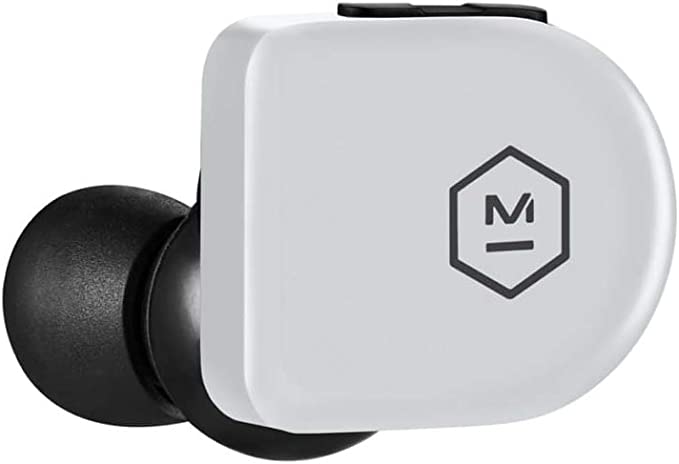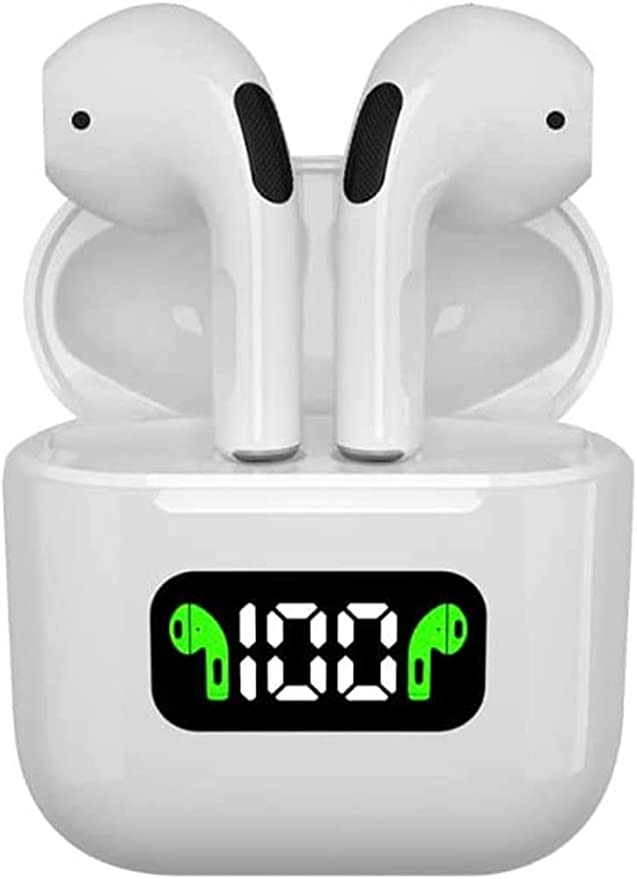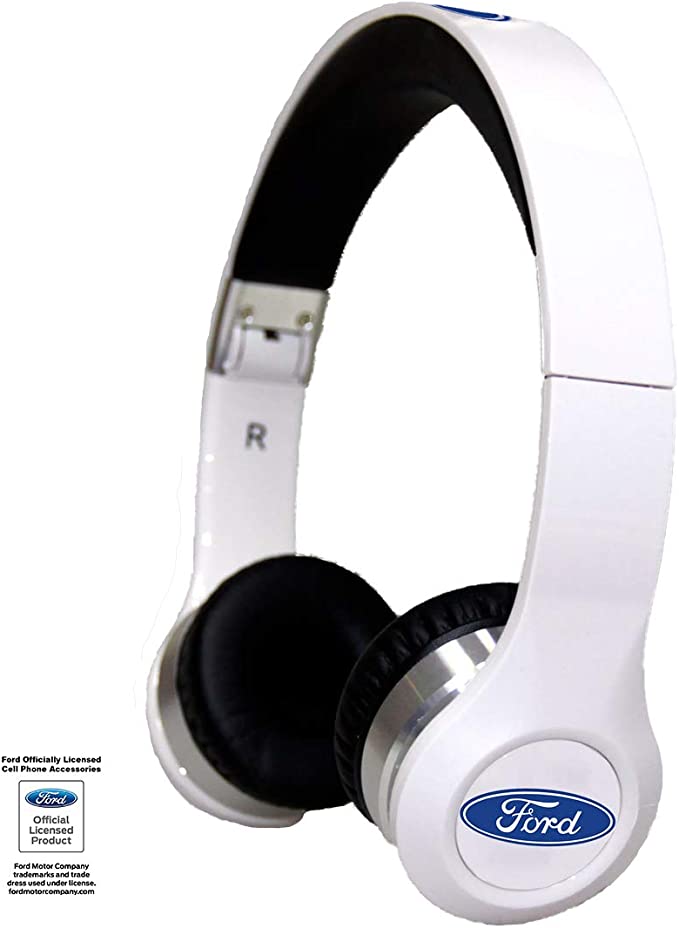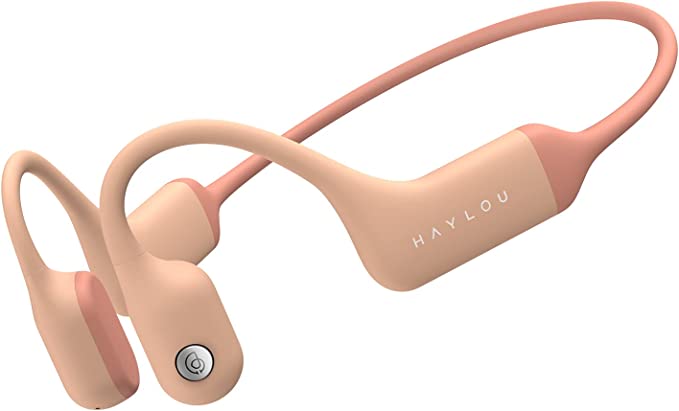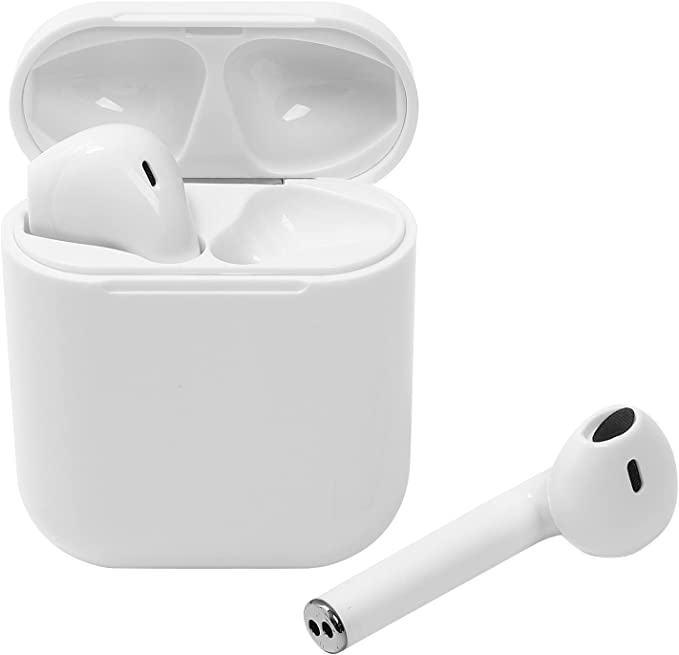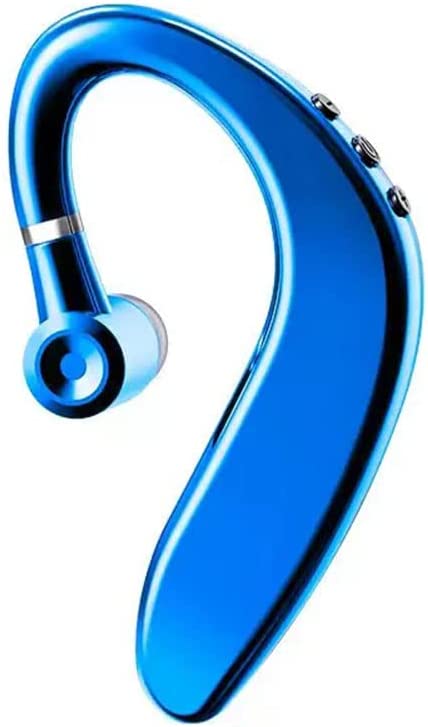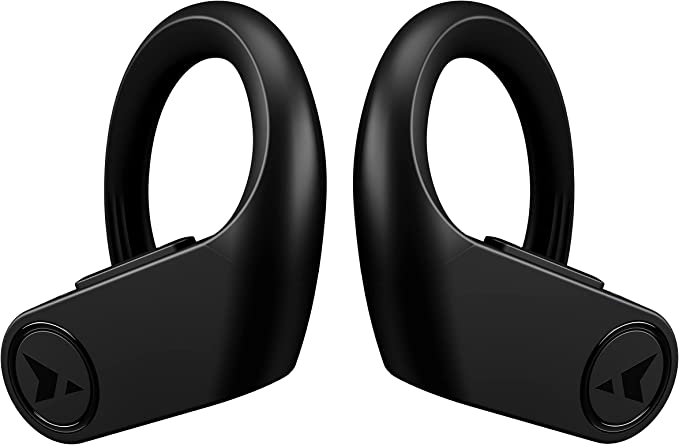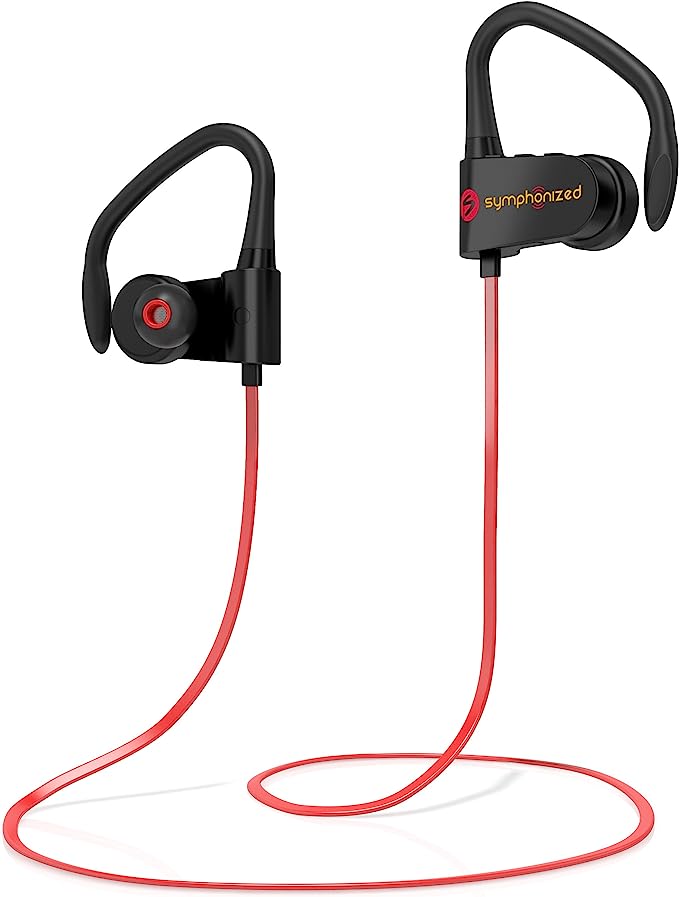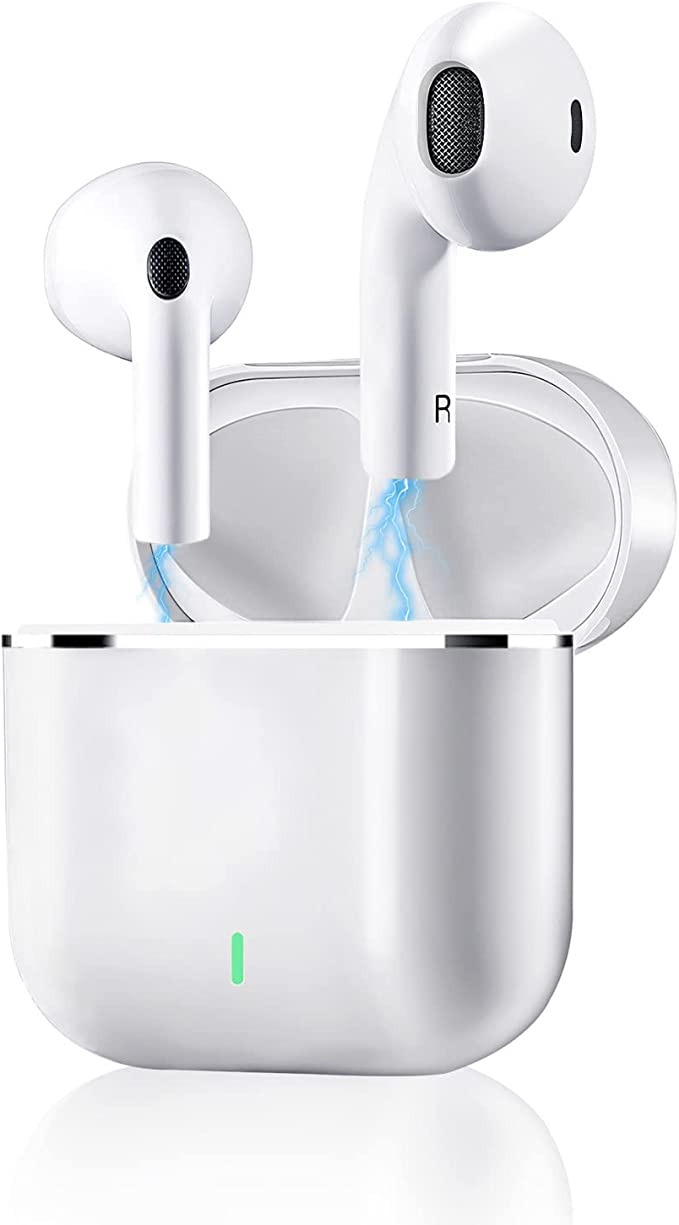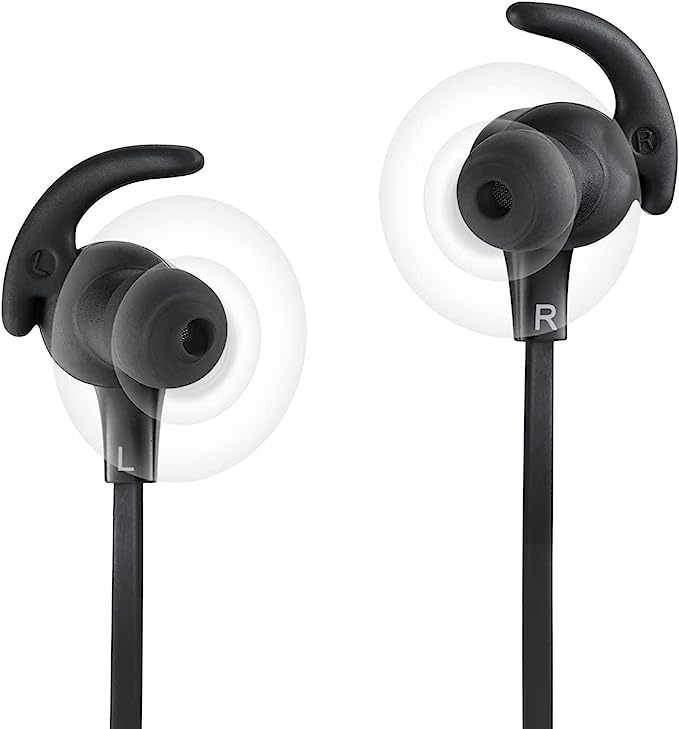New bee KH21B Kids Wireless Headphones: Safe Sound, Happy Ears
Update on Feb. 8, 2025, 11:41 a.m.
The school bell rings, and a wave of children pours out of the building, many already with headphones on, immersed in their digital worlds. It’s a common sight these days, but one that should give us pause. Did you know that childhood hearing loss is on the rise? According to the Centers for Disease Control and Prevention (CDC), around 12.5% of children and adolescents aged 6–19 years have suffered permanent damage to their hearing from excessive noise exposure. That’s a truly alarming figure, and it highlights the urgent need for greater awareness and proactive measures to protect our children’s precious sense of hearing.
New bee KH21B Kids Wireless Headphones
How We Hear (and How It Can Go Wrong)
To understand how noise damages hearing, we need to take a quick look inside the ear. Sound waves travel through the ear canal and vibrate the eardrum. These vibrations are then transmitted through three tiny bones in the middle ear (the malleus, incus, and stapes) to the cochlea, a snail-shaped structure in the inner ear.
Inside the cochlea are thousands of tiny hair cells, called stereocilia. These hair cells are incredibly sensitive and convert the vibrations into electrical signals that are sent to the brain, where they are interpreted as sound. Think of these hair cells like blades of grass in a field. A gentle breeze (soft sounds) will cause them to sway gently. But a hurricane (loud sounds) will flatten them, potentially causing permanent damage.
Unfortunately, once these hair cells are damaged, they don’t regenerate. This means that noise-induced hearing loss is irreversible. And it’s not just about losing the ability to hear soft sounds. It can also lead to tinnitus (ringing in the ears), difficulty understanding speech, and even problems with balance.
Why Kids Are More Vulnerable
Children’s ears are still developing, making them more susceptible to noise damage than adults. Their ear canals are shorter and narrower, which means that sound waves reach the inner ear with greater intensity. Also, children may not be as aware of the dangers of loud noise and may not take steps to protect themselves, such as turning down the volume or taking breaks from listening. The younger the child, the greater the risk.
Decoding Decibels
We measure sound intensity in units called decibels (dB). The decibel scale is logarithmic, which means that a small increase in dB represents a significant increase in sound energy. Here’s a guide to help you understand:
- 0 dB: The faintest sound a healthy human ear can detect.
- 20 dB: Whispering.
- 40 dB: A quiet library.
- 60 dB: Normal conversation.
- 85 dB: Heavy city traffic. Prolonged exposure can cause damage over time.
- 90 dB: A lawn Mower.
- 100 dB: A motorcycle or power tools.
- 110 dB: A rock concert or a chainsaw.
- 120 dB: A jet engine at takeoff. Even short-term exposure can cause immediate damage.
(Imagine a simple graphic here: a scale showing these different sound levels with corresponding icons.)
The 94dB Debate
The New bee KH21B headphones are designed with a built-in volume limiter that caps the sound at 94dB. You might be wondering, “Is that safe?” The answer is nuanced. The National Institute for Occupational Safety and Health (NIOSH) recommends that children’s exposure to noise be limited to 85 dB over an eight-hour period. However, shorter durations of exposure to slightly higher levels can be considered safe. The key is the combination of loudness and time.
94dB is louder than 85dB, but it is still significantly lower than the maximum output of many standard headphones, which can reach 110dB or even higher. The 94dB limit on the KH21B provides a reasonable balance: allowing children to enjoy their audio at a level that’s engaging, while still significantly reducing the risk of hearing damage compared to unrestricted headphones. It’s crucial to remember that even with volume-limited headphones, listening time should still be monitored.
A Tool for Safe Listening
The New bee KH21B headphones aren’t a magic solution to prevent all hearing loss. They are a tool that, when used responsibly, can significantly reduce the risk of noise-induced hearing damage. Think of them like a seatbelt in a car: it doesn’t guarantee complete safety in an accident, but it dramatically reduces the risk of serious injury.
Feature Deep Dive
Let’s explore the key features of the KH21B and how they contribute to safer listening:
Volume Limiting Technology
The 94dB limit isn’t achieved by simply turning down the volume. Instead, the headphones use a resistor network within the circuitry. This network acts like a gatekeeper, preventing the audio signal from exceeding a certain level, regardless of how high the volume is set on the connected device. This is a hardware limitation, meaning it’s always active, even if the child tries to bypass it.

Bluetooth 5.0: Beyond Wireless
Bluetooth 5.0 isn’t just about getting rid of wires; it offers several advantages over older Bluetooth versions.
- Stability: Bluetooth 5.0 provides a more stable and reliable connection, reducing the likelihood of dropouts or interruptions, which can be frustrating and lead to children constantly adjusting the volume.
- Range: The increased range of Bluetooth 5.0 allows for greater freedom of movement. Your child can move around the room without losing the connection to their device.
- Power Efficiency: Bluetooth 5.0 is more energy-efficient, which contributes to the KH21B’s impressive 32-hour battery life. This means less frequent charging and more uninterrupted listening time. Lower power consumption also means less electromagnetic radiation exposure, a small but relevant point for health-conscious parents.
Designed for Comfort
Comfort is crucial, especially for children. If headphones are uncomfortable, kids are less likely to wear them, defeating the purpose of hearing protection. The KH21B features:
- Adjustable Headband: The headband can be easily adjusted to fit a wide range of head sizes, ensuring a snug but not tight fit.
- Soft Earcup Padding: On-ear design with soft, memory foam earpads provide a comfortable cushion and help to create a good seal around the ears, further reducing the need to crank up the volume.
Safe and Sound Materials
The KH21B headphones are made with materials that meet the RoHS (Restriction of Hazardous Substances) directive. This European Union directive restricts the use of certain hazardous materials in electronic and electrical equipment, including lead, mercury, cadmium, and hexavalent chromium. This certification provides peace of mind, knowing that the headphones are free from harmful substances that could potentially leach out and affect your child’s health.

The Wired Backup
While wireless connectivity is convenient, the KH21B also includes a standard 3.5mm audio cable. This provides a valuable backup option if the battery runs low or if you need to connect to a device that doesn’t have Bluetooth. It also offers a choice for parents who prefer to minimize their children’s exposure to wireless signals.
Beyond the Headphones: A Holistic Approach to Hearing Health
Choosing volume-limited headphones is an important step, but it’s just one piece of the puzzle. Here are some additional tips for protecting your child’s hearing:
- Limit Exposure Time: Encourage regular breaks from headphone use. The “60/60 rule” (no more than 60% of maximum volume for no more than 60 minutes at a time) is a good starting point, but even lower volume levels and shorter durations are preferable.
- Manage Environmental Noise: Be mindful of the noise levels in your home and other environments. Use earplugs or earmuffs for children during loud events like concerts or fireworks displays.
- Regular Hearing Checkups: Schedule regular hearing tests for your child, especially if you have concerns about their hearing or if they have a family history of hearing loss.
- Lead by Example: Model good listening habits yourself. Keep the volume down on your own devices and take breaks from listening.
- Teach About Safe Listening, and model it.

Wrapping Up
Protecting our children’s hearing is an investment in their future. By understanding the risks of noise exposure and taking proactive steps, like using volume-limiting headphones such as the New bee KH21B and practicing safe listening habits, we can help ensure that they enjoy a lifetime of healthy hearing. Remember, it’s not just about avoiding loud noises; it’s about creating a sound environment that supports their overall well-being.
